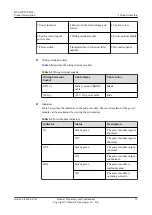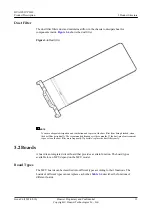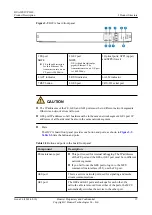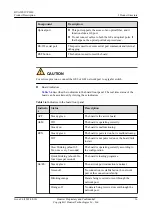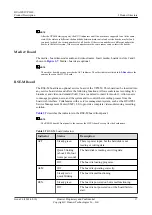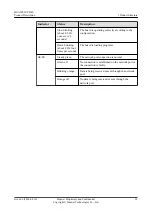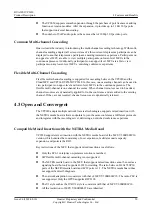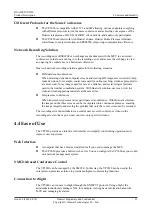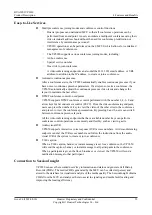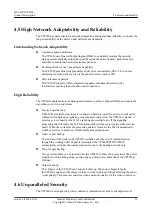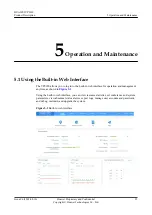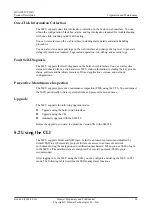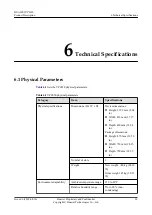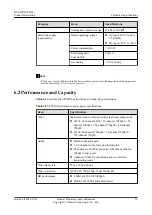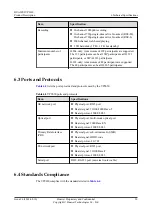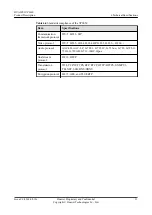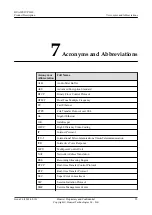
One-Click Information Collection
The MCU supports one-click information collection on the built-in web interface. You can
obtain the configuration, black box, alarm, and log information required for troubleshooting
with one-click, enabling quick fault locating.
You can view alarms on the web interface, including alarm details and alarm handling
procedures.
You can also view and export logs on the web interface and change the log level to generate
debug information as required. Logs include operation, run, debug, and security logs.
Fault Self-Diagnosis
The MCU supports fault self-diagnosis on the built-in web interface. You can start system
status self-check with one click and view MCU status information, including the key process
status, software and hardware resources, OS and application versions, and network
configurations.
Preventive Maintenance Inspection
The MCU supports preventive maintenance inspection (PMI) using the VTS. You can inspect
the MCU periodically to detect potential risks and process them in advance.
Upgrade
The MCU supports the following upgrade modes:
l
Upgrade using the built-in web interface
l
Upgrade using the CLI
l
Automatic upgrade with the SMC2.0
Before the upgrade, you need to upload the version file to the SMC2.0.
5.2 Using the CLI
The MCU supports Telnet and SSH login. Telnet is an insecure protocol and disabled by
default. SSH is a cybersecurity protocol for remote access in an insecure network
environment using the encryption and certification mechanism. When you use SSH to log in
to the MCU, all transmitted data are encrypted. For security purposes, SSH login is
recommended.
After logging in to the MCU using the SSH, you can configure and debug the MCU in CLI
mode. The following table describes the SSH management functions.
HUAWEI VP9650
Product Description
5 Operation and Maintenance
Issue 06 (2018-08-10)
Huawei Proprietary and Confidential
Copyright © Huawei Technologies Co., Ltd.
26

